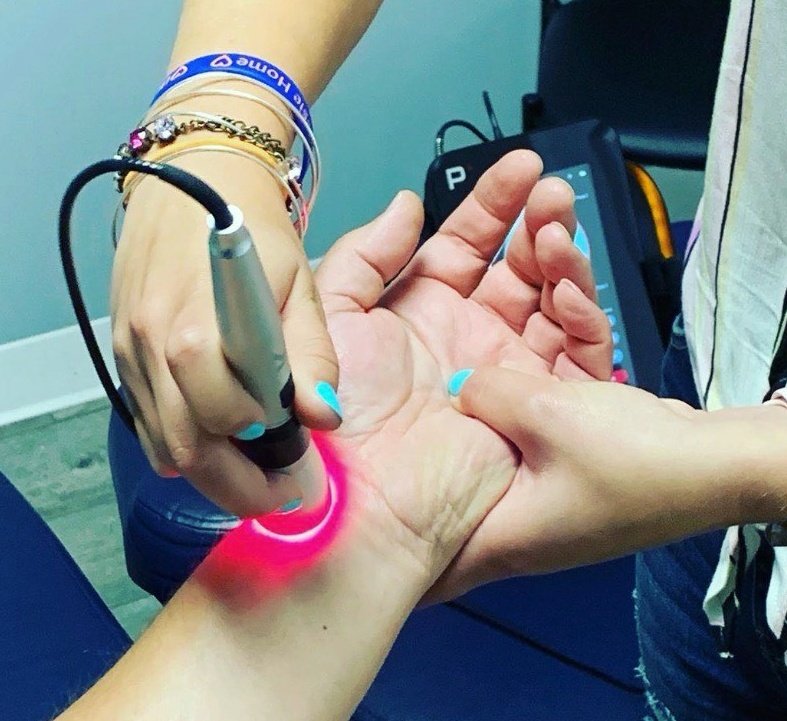
Review of PBM Contraindications, Part 2
Photobiomodulation is an excellent modality because it is effective for a wide variety of conditions, can help with managing pain, inflammation and damaged tissues, and has few contraindications. But in the event of an adverse event, advice from a malpractice specialist is warranted.

Review of PBM Contraindications, Part 1
Laser therapy, also known as photobiomodulation (PBM), is a non-invasive modality that delivers red and infrared laser light to biological tissue with the goals of stimulating cellular processes and enhancing the activation of biochemical mechanisms. Let's examine the contraindications for laser therapy.
A contraindication is a condition that makes a procedure inadvisable; and may be absolute or relative. An absolute contraindication is a situation that makes a particular treatment absolutely inadvisable, such as shining a therapy laser directly into the eye. A relative contraindication is a condition that makes a particular treatment possibly inadvisable, such as a recent steroid injection.

Case Report: Noninvasive Treatment of Diabetic Peripheral Neuropathy
PBM treatments are proven to significantly reduce pain and improve the quality of life for patients suffering from diabetic peripheral neuropathy (DPN). PBM treatments are shown to reduce the levels of inflammatory markers in patients with DPN, which is important because heightened inflammation is one of the contributory factors for pain and disability.

Managing Ankle Sprains: Why ice is the wrong option and there is a better solution.
For years, ice has been used to treat acute injuries under the premise that it alleviates pain, reduces tissue metabolism and reduces swelling. It has been a standard treatment for injuries and sore muscles because it helps to relieve pain caused by injured tissue. Health care providers have used and recommended the RICE guideline for decades, but now it appears that both ice and immobilization may delay healing.
In 2015, Dr. Mirkin completely reversed course and now strongly advocates against the use of ice on acute injuries. Healing requires inflammation; and anything that reduces or suppresses inflammation will also delay healing.

Photobiomodulation (Laser Therapy) & Immune Function
The human immune system acts a defense mechanism against potentially harmful invaders, such as bacteria and viruses. Photobiomodulation treatments can stimulate immune responses, and treatment targeting the lymph nodes or spleen can amplify the effect. Therapeutic laser is a safe, effective immunomodulator that can be applied to patients of all ages with a wide variety of clinical conditions.
“Class 4 Laser Therapy will be an integral modality worldwide in all fields of healthcare.”
— Dr. Phil Harrington, lecturing in Malaysia


